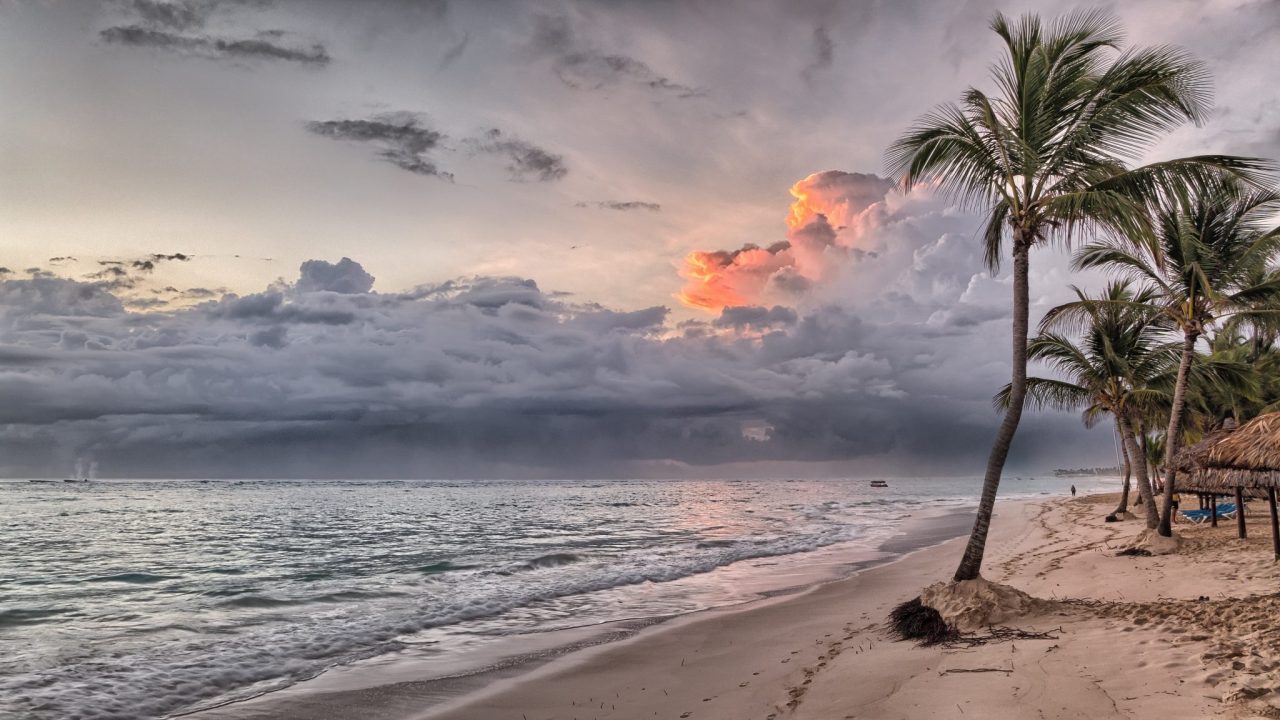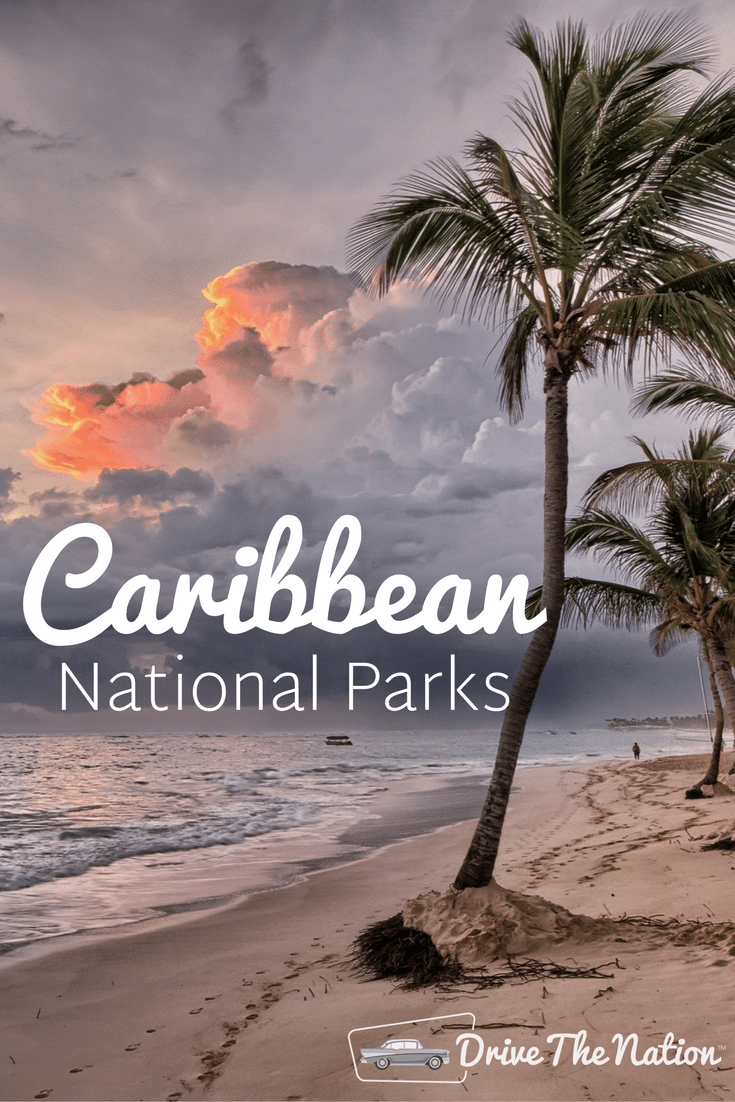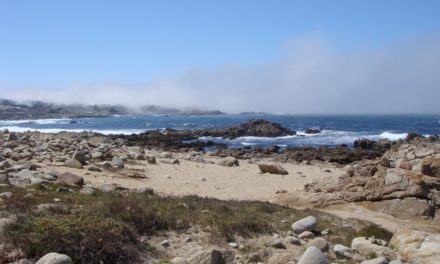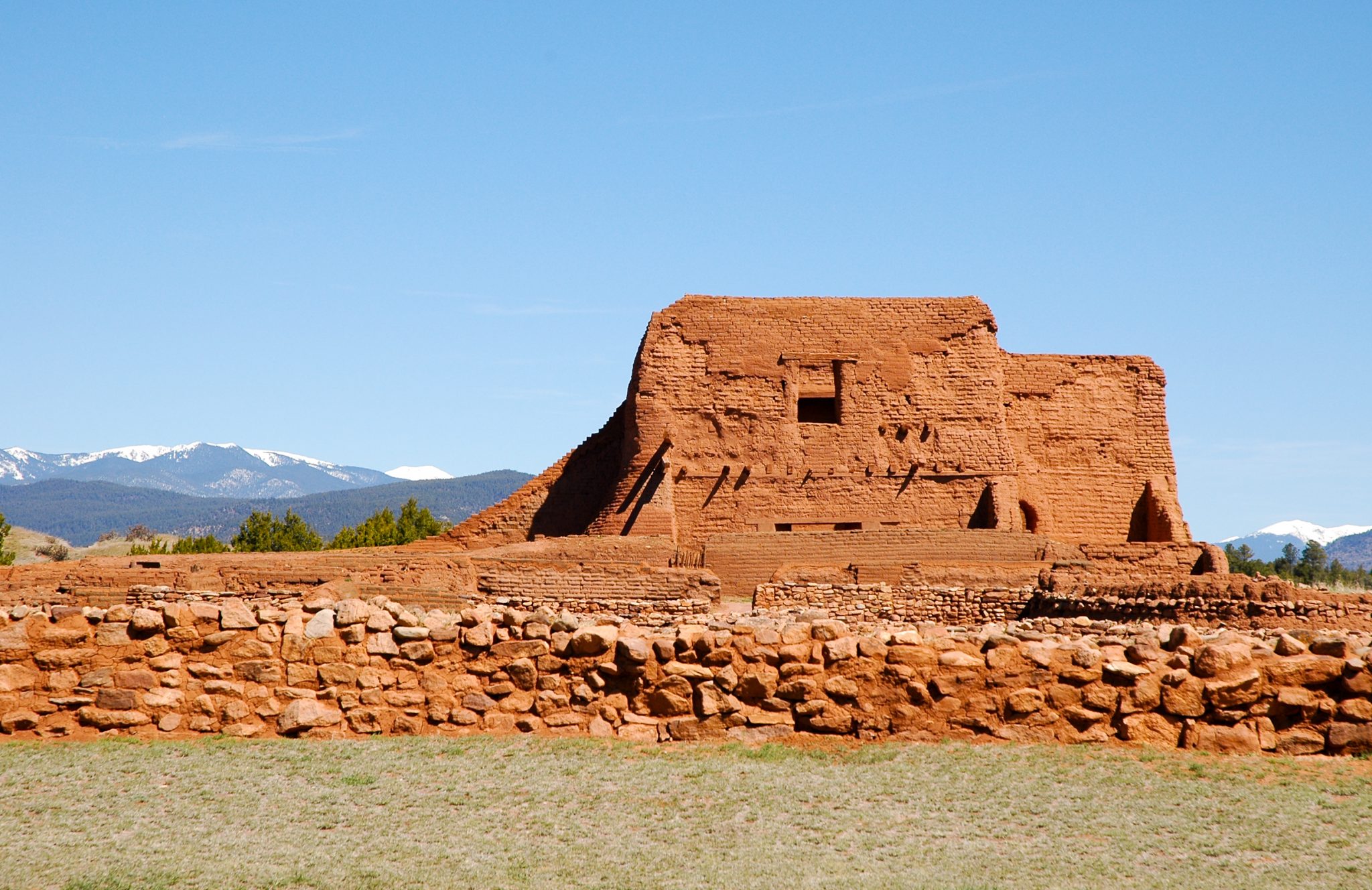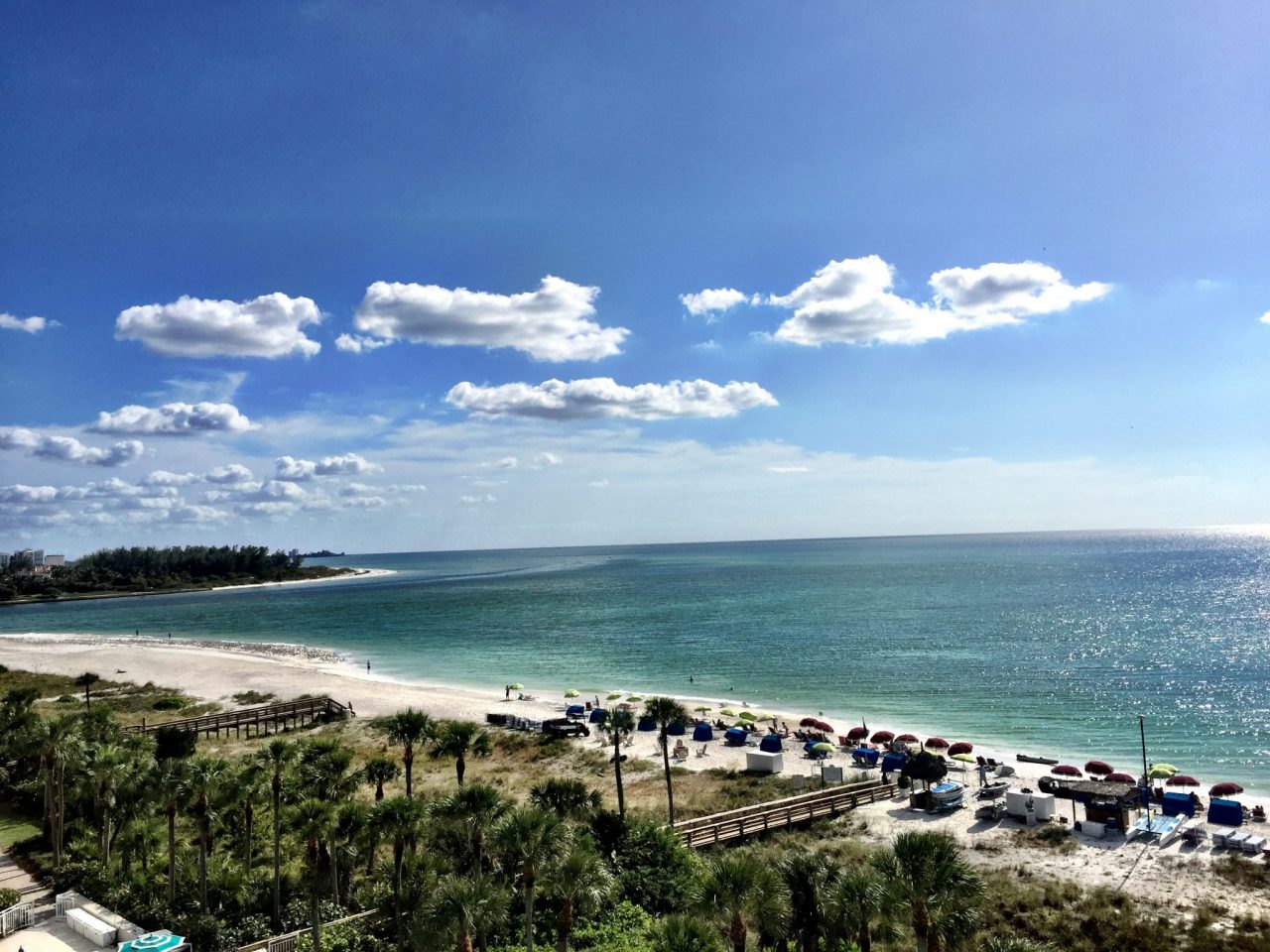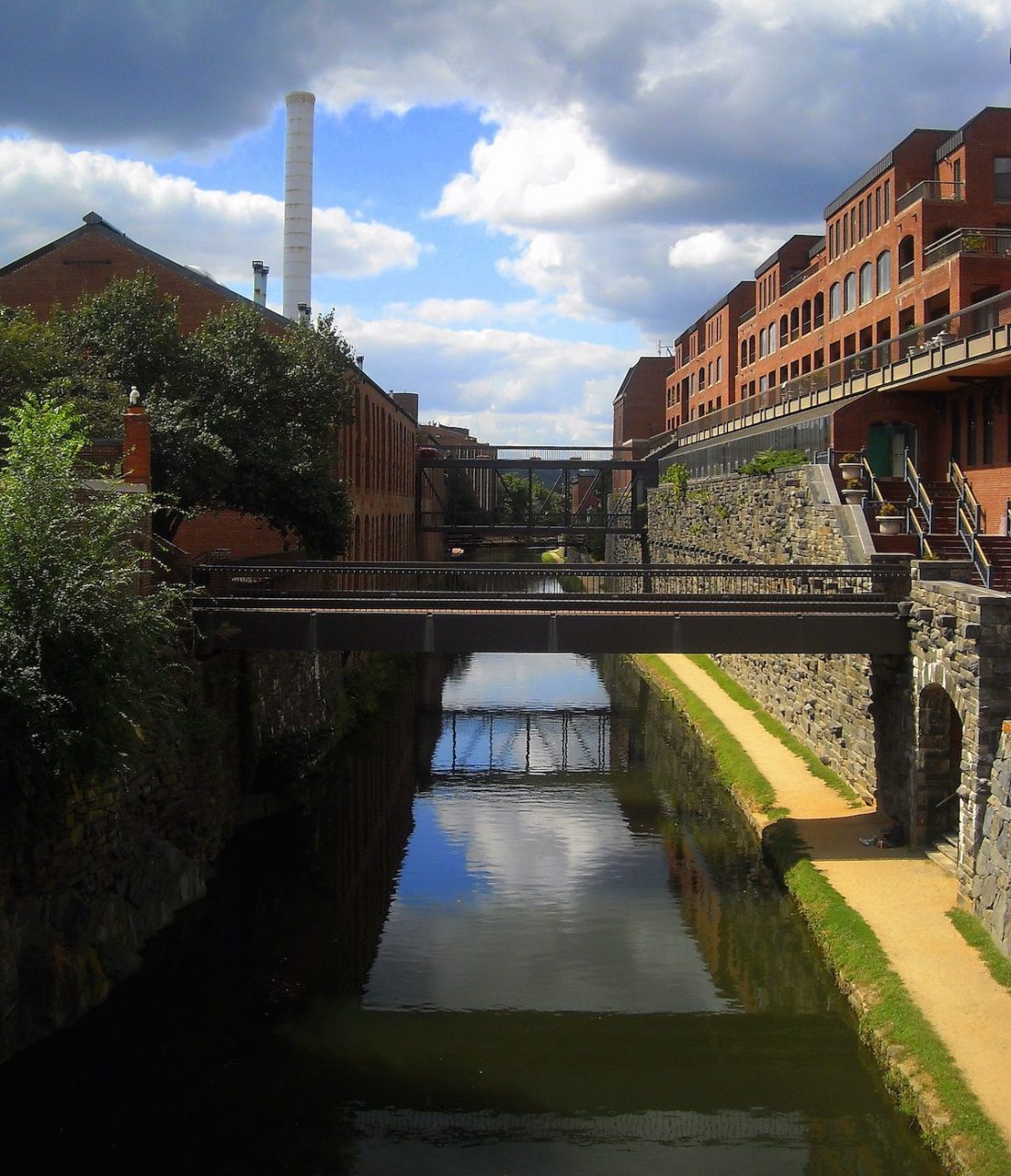Sun, sea, sky, beautiful scenery, and fascinating history: All these can be found in the National Parks of the Caribbean.
Virgin Islands National Park, St. John
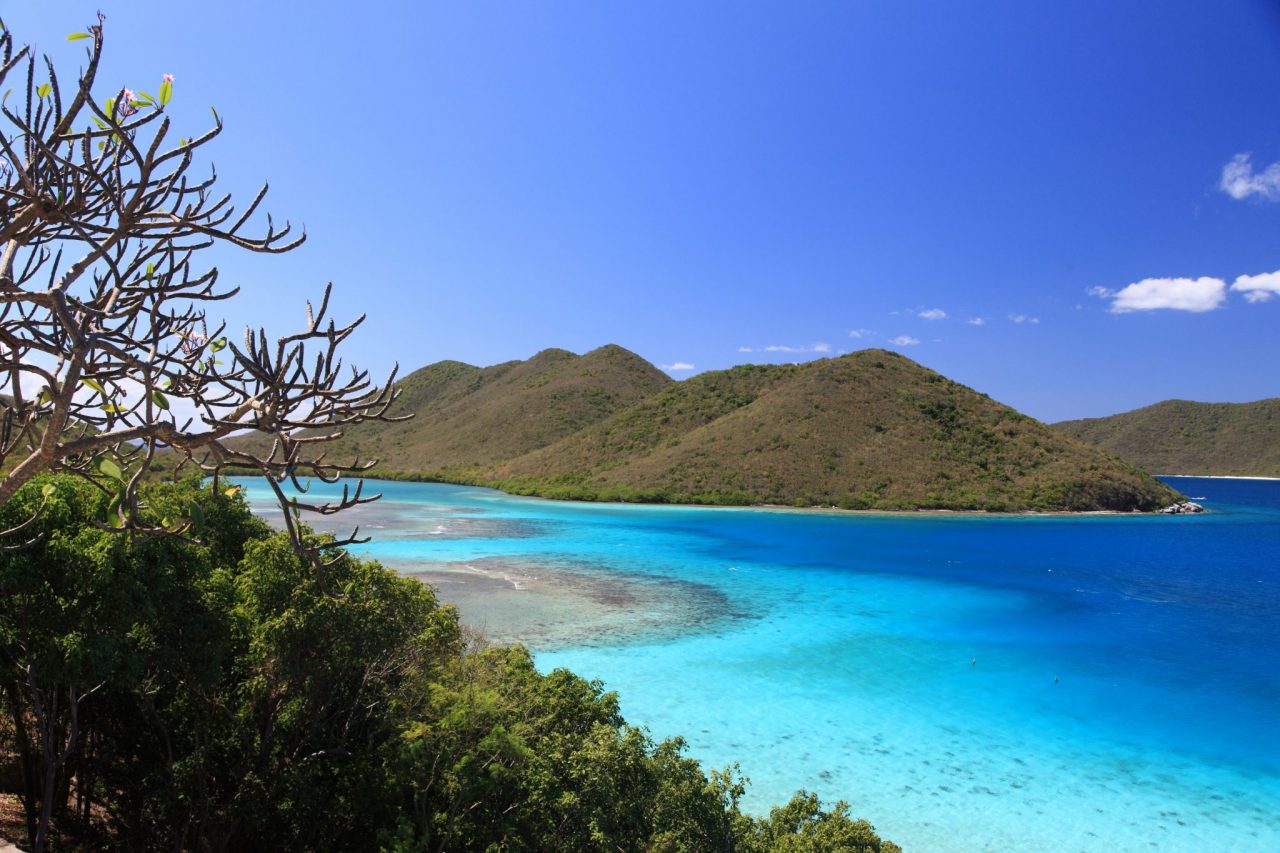
Imagine an island paradise where you can enjoy nature up close and personal. You have found it in the Virgin Islands National Park. Adventure seekers and travelers make their way to the 7,000 plus acres on the island of St. John. The park covers about two-thirds of the island, as well as off-shore areas.
Getting there, for most of the visitors, is by boat from St. Thomas. The Visitor Center in Cruz Bay is open every day from 8 a.m. to 4:30 p.m. except Fourth of July, Thanksgiving and Christmas. As you arrive from St. Thomas, pause to pick up maps and tips for further exploration. Probably the best way to see the park in the open are air tour buses, which give a nearly unobstructed view of the gorgeous surroundings. You can relax and enjoy the scenery, with lots of chances to capture photos of the mountains, ocean, beaches and bays. Trunk Bay offers a gorgeous beach with smooth white sand. It is easy to get to, and the peaceful, aqua blue, crystal clear water is great for swimming and snorkeling. Facilities available at Trunk Bay include restrooms, showers, and snack bar. Cinnamon Bay, with its bright turquoise water and powdery white sand, has swimming and snorkeling in an even quieter setting. Easy access to the beach is a plus. You have a restaurant food court, a store, bathroom and shower facilities, and a campground for overnight stays. Cinnamon Bay has some of the newest facilities.
Dry Tortugas National Park, Florida Keys
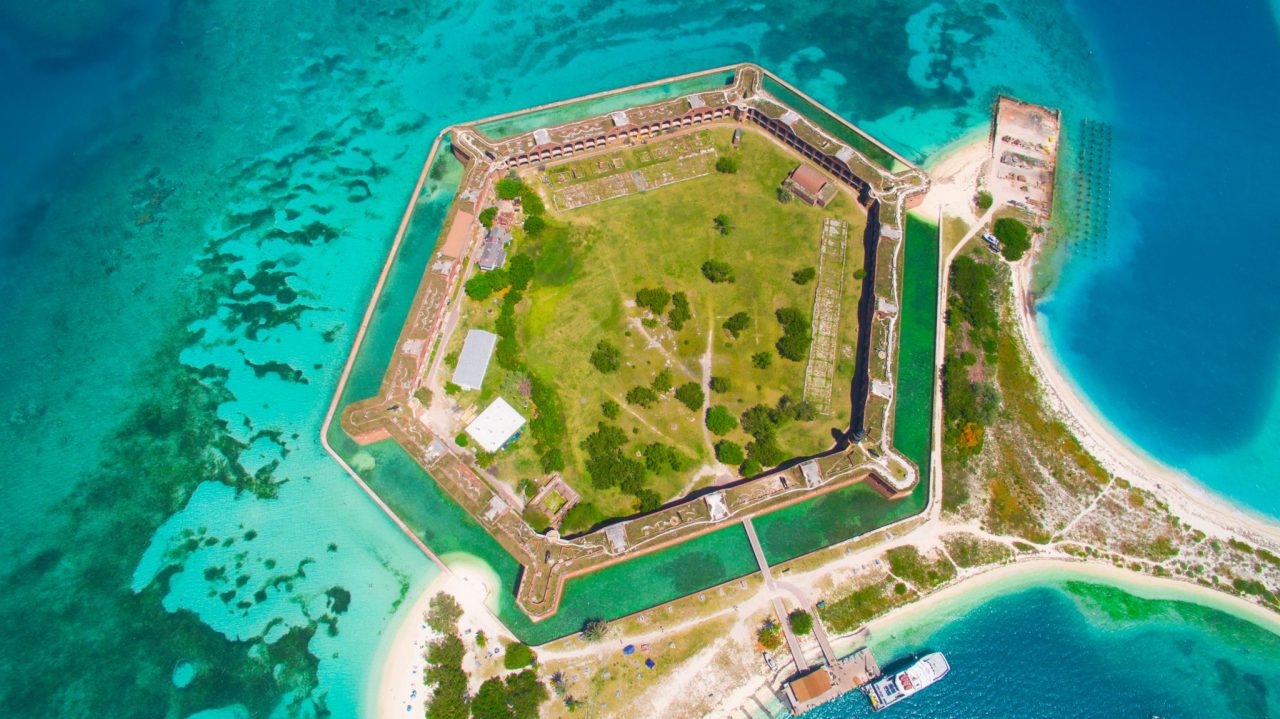
Seventy miles west of Key West, beyond reach of anyone who is driving, you will find Dry Tortugas National Park. In order to get there, you must arrive and depart by boat or by seaplane concessions from Key West. The park began as one of the mightiest fortresses ever built in North America, and the largest brick fort in the Americas. It was named in honor of one of our Founding Fathers: Fort Jefferson. In active use from the 1860s to the 1880s, Fort Jefferson remained in Union control during the Civil War. Decommissioned from its military use, the fort and its island, Garden Key, were made a National Historic Site in 1934 and a National Park in 1970.
You can take a forty-five minute tour the Fort, and imagine nearly 2000 people living here during its peak years. Visit the moat wall. Enjoy the water by swimming, snorkeling, boating and fishing. There are opportunities to camp as well. Bring what food and water you think you will need along with you for your visit, as there are no restaurant or snack facilities on the island. Dry Tortugas is a pack-in, pack-out park. This means that all visitors, campers and boaters must take back everything that was brought in.
El Yunque National Forest, Puerto Rico
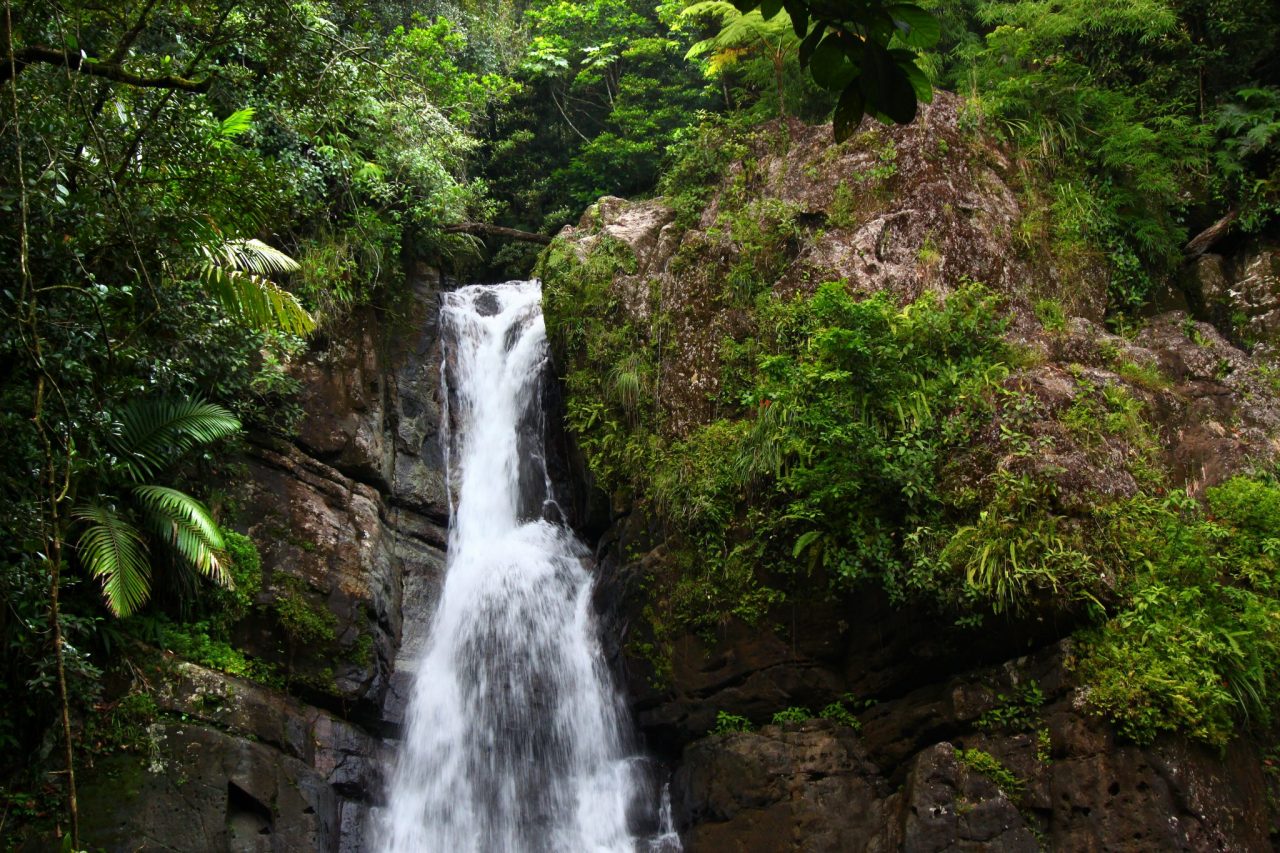
El Yunque National Forest is a combination of two national forests, the Luquillo National Forest and the Caribbean National Forest. It is situated in Puerto Rico’s northeastern region. El Yunque is the only tropical rain forest to be found in the United States National Forest System. The forest comprises about 29,000 acres, and offers views of both the Caribbean Sea and the Atlantic Ocean, as well as close up sights of lush tropical plants such as the giant tree fern, and many tropical birds, including the somewhat illusive Puerto Rican Parrot.
The rainforest has a number of viewing areas where you can take memorable photographs. Follow the Big Tree Trail for a half hour hike that leads to the La Mina Falls. Keep in mind that the way is rocky and wet near the end, so wear water shoes or similar. The hike is worth doing, since you can actually swim in the pool below La Mina Falls. On the practical side, near La Mina Falls there are picnic tables, restrooms and even a small restaurant. Other highlights of El Yunque include the La Coca Waterfall, which you can see from your car, and the impressive Yokahu Tower.
San Juan National Historic Site
The mighty fortresses guarding old San Juan, Puerto Rico – Castillo San Felipe El Morro and San Cristobal Puerto Rico – are National Historic sites you can tour at your leisure. These served as the gateway to the Caribbean Sea, and protected them from the 1500s’ to the 1800’s. El Morro and San Cristobal became the San Juan National Historic Site in 1949; It was declared a World Heritage Site by the United Nations in 1983. There is a map provided and also a good introductory video to the site, at the welcome center.
Castillo de San Felipe del Morro
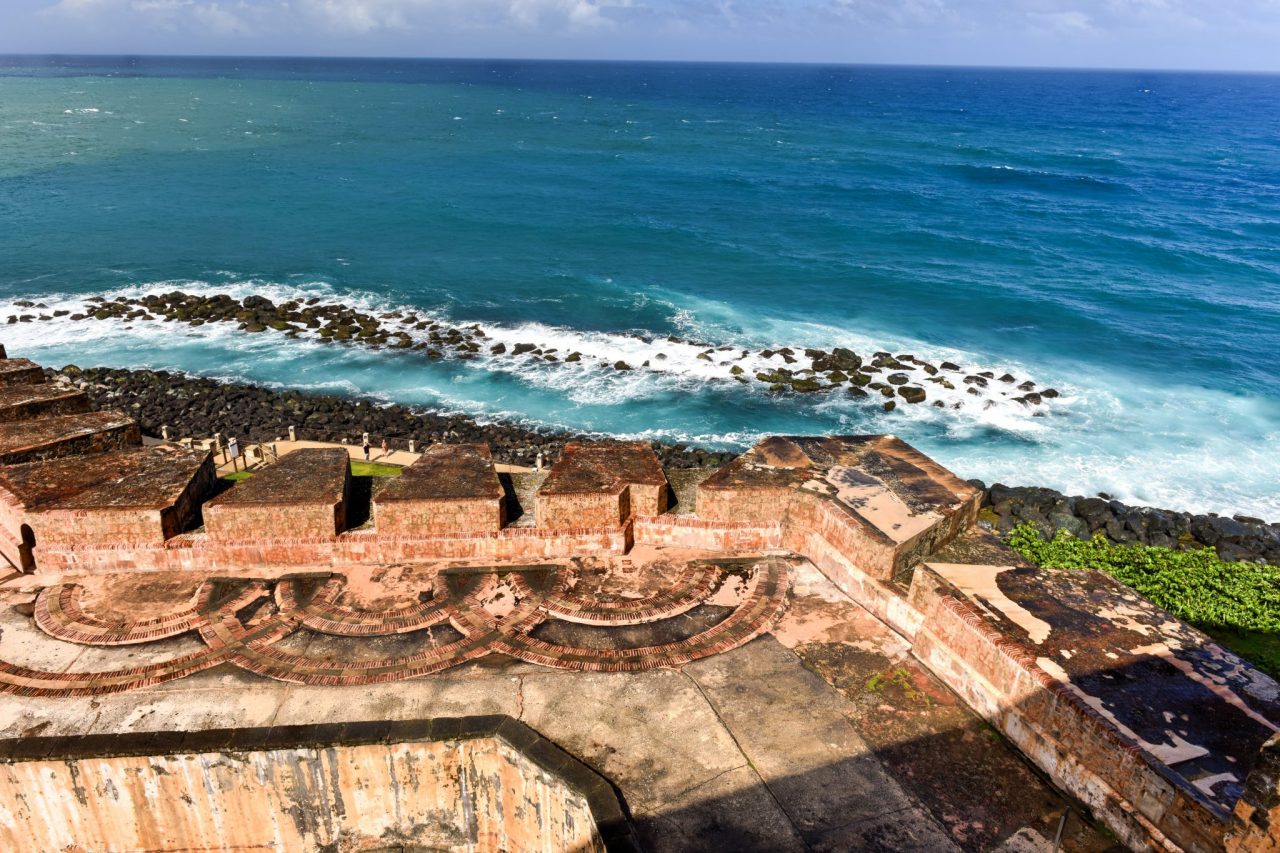
Situated at the harbor entrance, “El Moro” served as the guardian of old San Juan. This six-level fort was named in honor King Philip II of Spain, and “El Morro” a Spanish term for “The Promontory”. Today, it is a museum. It also honors all who once served in the fort. From the fort, with its thick stone walls, narrow passages, and broad terraces, you have stunning views of the brilliantly blue ocean and rocky shoreline. Inside the fort, there are informative displays. The complex is well kept and the entrance fee is modest. To fully enjoy exploring this impressive fortification, you should be comfortable with walking and going up and down spiral and triangular staircases. Visit and photograph El Moro’s garitas, or sentry boxes; they serve as a cultural symbol for all of Puerto Rico.
Castillo de San Cristóbal
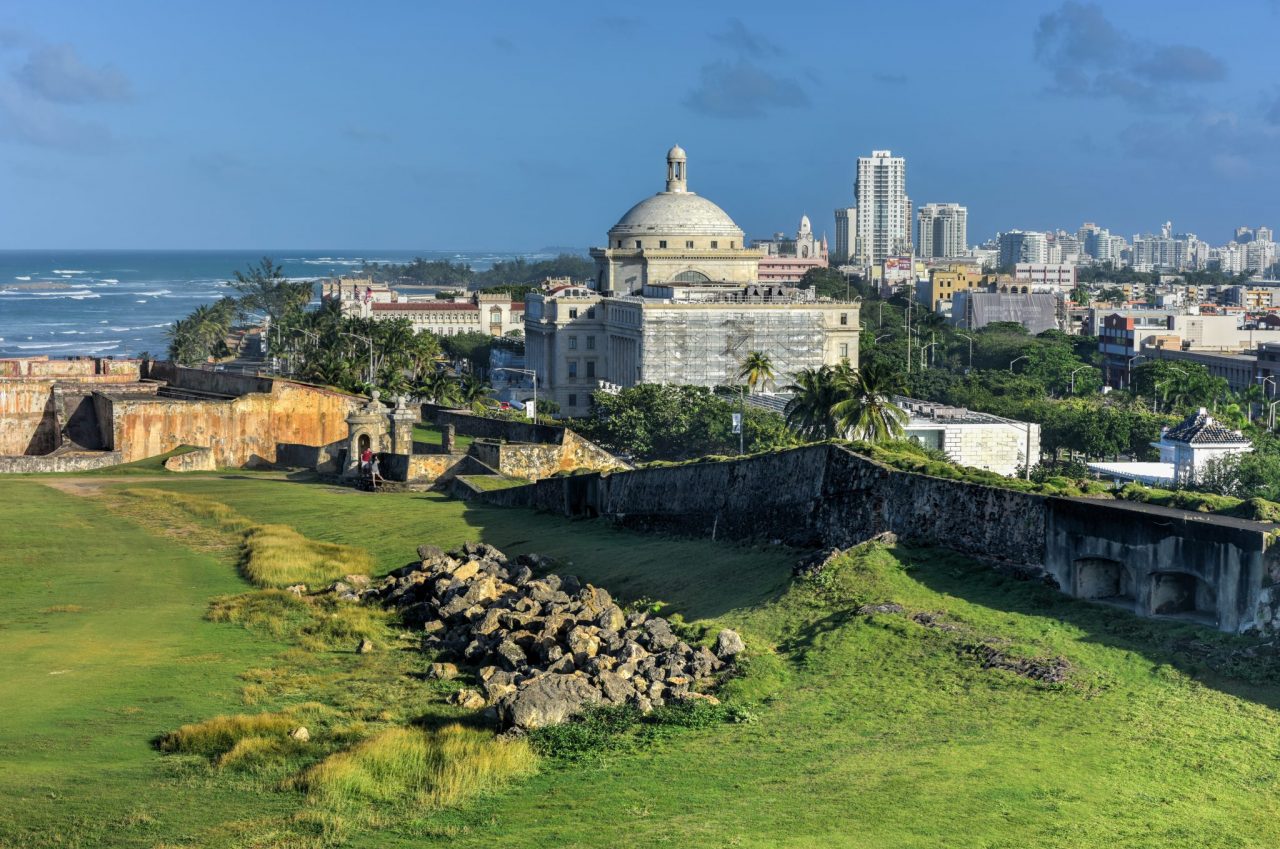
It was constructed to guard against an attack from land. Follow the steep, curving ramp leads to the historic entrance of the fort. While it also is impressive for its thick walls and great views, this fort has great city views, and a more intimate scale than El Moro.

